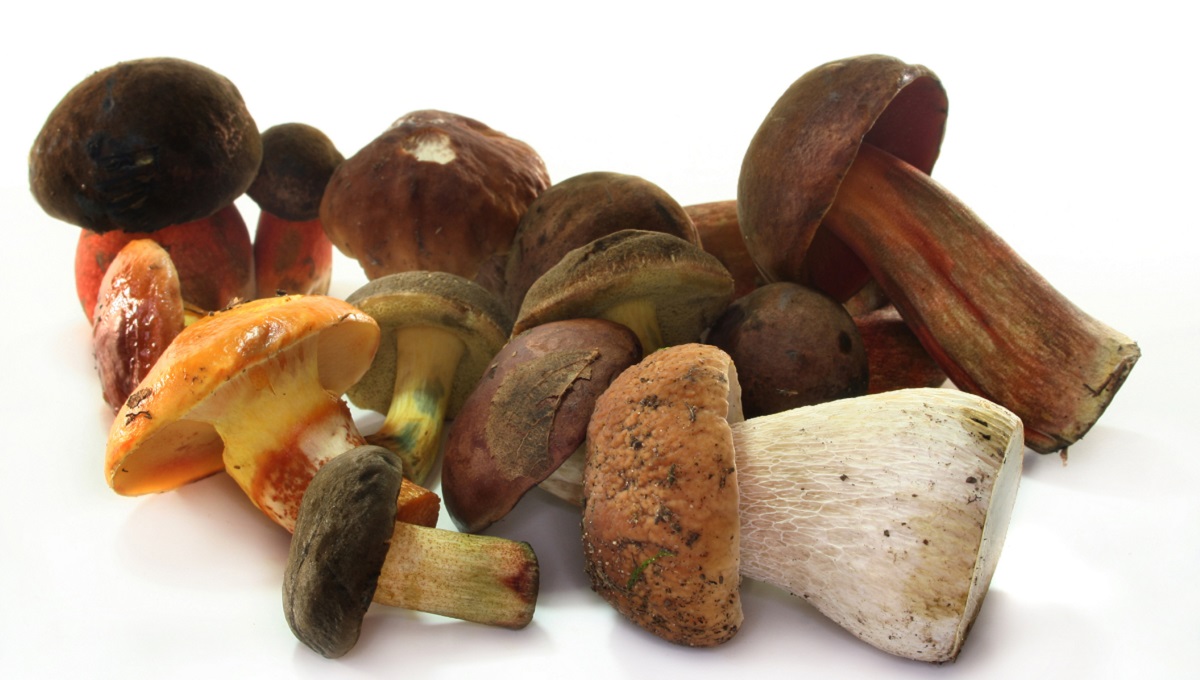Chinese officials recorded almost 500 mushroom poisoning outbreaks in 2022 with 28 associated deaths.
This past year, China CDC investigated 482 incidents of mushroom poisoning across 21 regions. This resulted in 1,332 patients and 28 deaths.
Incidents and patients were more than in 2019 and 2021 but fewer than in 2020, while deaths slightly increased.
Mushroom poisoning has become a serious food safety issue in China, said researchers in the journal China CDC Weekly.
Information on incidents
The number of cases per outbreak ranged from 1 to 28. Thirteen incidents involved more than 10 patients. Of these, 73 patients from 23 incidents ate poisonous mushrooms purchased from markets or given by friends; 44 patients from seven incidents were poisoned after eating dried mushrooms; and 213 patients and three deaths from 55 incidents ate mixed mushrooms.
Mushroom poisonings occurred in all months, with the most between May and November. The first death occurred in mid-February in Fujian. The top three months for deaths were June with 13 and three each in July and September. A peak occurred in June and incidents decreased in July and August, likely because of a drought in southern China. With the arrival of rain in September, poisoning levels reached a second peak.
Yunnan, Hunan, Sichuan, and Guangxi had more than 100 patients each, and Yunnan, Hunan, and Guangdong had the most deaths.
Southwest China — including Yunnan, Sichuan, Chongqing, and Guizhou — was the most severely affected region followed by Central China in Hunan, Hubei, and Henan.
A total of 98 mushrooms were identified, causing seven different clinical types of disease. Three provisional new species were recorded as poisonous mushrooms in China as well as 10 other types. In total, 62 species had already been recorded from 2019 to 2021. This raises the number of species from incidents to more than 190 in China by the end of 2022.
Sixteen edible mushrooms were identified from poisoning incidents in 2022. These incidents were likely because of the consumption of mixed mushrooms with poisonous ones, contaminated mushrooms, or some species that may be poisonous to certain people, said scientists.
Mushroom types implicated
The top three lethal species were Amanita exitialis and Amanita rimosa which caused seven deaths each and Russula subnigricans, which was behind six fatalities. Chlorophyllum molybdites caused the most poisonings.
In June, one person in Sichuan was poisoned by Paxillus orientalis, resulting in hemolysis. This was the first reported case of illness from this species in China. Researchers strongly advised against collecting and eating types of Paxillus, despite previous acceptance as edible, used in medicine, and a perception of safety.
In 2022, 51 species of gastroenteritis-causing organisms were identified. The top two were Chlorophyllum molybdites and Russula japonica.
Overall, 32 species caused psycho-neurological disorders. Lanmaoa asiatica ranked first. Scientists said the increased poisonings may be partially attributed to the rise of online shopping, which lacks face-to-face communication about the proper cooking.
“To reduce the risk of poisoning, we recommend that people set aside some fruiting bodies before eating or take a photo of the fresh mushrooms before cooking. In view of the extensive impact and harm of poisonous mushrooms on public health, it is necessary to promote prevention and improve the ability of professionals to identify, diagnose, and treat mushroom poisoning. We recommend creating more scientific, plain, and varied popularization materials and publicizing them to people at risk before and throughout the poisoning season,” said researchers.
(To sign up for a free subscription to Food Safety News, click here.)

